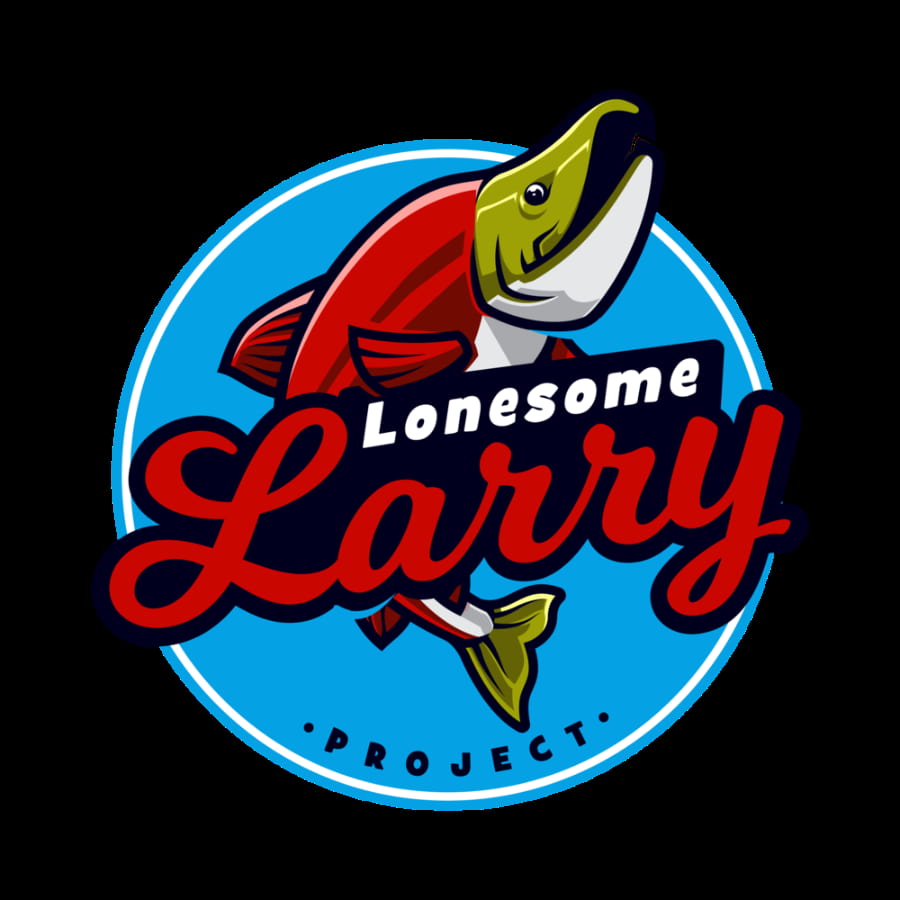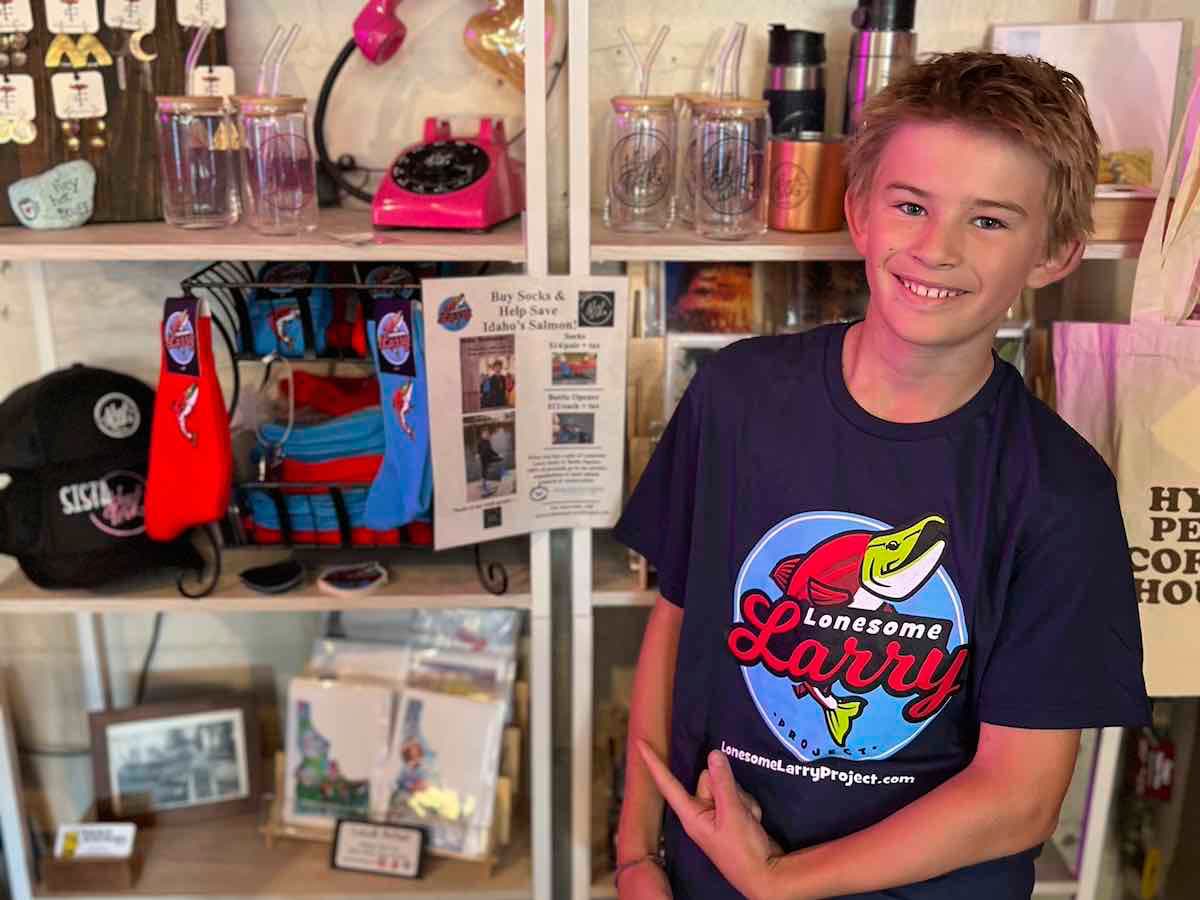Making a Difference

Editor’s Note: This is the fifteenth article in our series on fly fishing conservation. This series appears with the support of Epic Fly Rods.
While most reading this have likely never heard of Topher and Trevor Jones, they are notable members of the new and burgeoning wild native fish conservation movement. The Jones’ are representative of how fish conservation will look to future generations. It is folks like Topher and Trevor who will drive a much needed and long overdue change in direction that places a higher value and focus on wild native fish, not just what anglers want to fish for.

Topher Jones
Background
Historically, as many as 18 million salmon and steelhead returned to the Columbia River Basin each year to spawn. These runs were greatly compromised by the construction of dams, said to number over 400 at one time, which blocked passage to critically important spawning grounds. Four dams on the lower Snake River were especially impactful. Today, anadromous, or sea-run, salmon and steelhead returns have been greatly diminished.
Within a generation of the construction of the dams, thirteen populations of salmon and steelhead in the Columbia River and Snake River systems were listed under the Endangered Species Act. By 1985, Snake River coho salmon were declared functionally extinct. All Snake River salmon and steelhead populations were classified as Endangered under the ESA by 1993.
Fewer than 5,000 Chinook, or king salmon, returned to the Snake River system in 2019. That same year, just fourteen sockeye salmon found their way back to their historic spawning grounds in central Idaho. Without our help, these iconic fish and culturally, socially, and economically important natural resources could go extinct, and possibly within our lifetime.
Sockeye Salmon
Sockeye are one of five species of salmon found in the Pacific ocean along with Chinook, coho, pink, and chum. While they are the third most common salmon in the Pacific Ocean, sockeye, identified by their bright red spawning colors, humped backs, and pronounced hooked jaws, are not doing well in the contiguous United States.
Unlike other species of salmon that utilize primarily riverine habitat for spawning, sockeye are very dependent on lakes for spawning which has contributed to their decline as our lakes have their own unique set of challenges, including competition from nonnative fish, recreational angling pressure, and development. With numbers falling fast, Snake River sockeye were listed as endangered under the ESA in 1991, the first salmon to be so designated.

Male sockeye salmon in spawning colors. Courtesy of Joseph Tomelleri.
Lonesome Larry
Redfish Lake is located in the Sawtooth National Recreation Area just outside the Sawtooth Wilderness. It is a large alpine lake located roughly 6,550 feet above sea level. The lake is approximately 4.5 miles long and ¾ mile wide, with 11 miles of shoreline for a total area of over 1,500 acres. It has a maximum depth of 387 feet. It was named after the sockeye salmon that have used it for spawning for thousands of years. At the peak of the run, the lake was said to appear reddish due to the large number of brightly colored spawning sockeye salmon.
In fall 1992, a single sockeye salmon returned to Redfish Lake. It travelled 900 miles and 6,500 feet in elevation to reach the aptly named lake. Leaving saltwater at the Washington/Oregon border, the fish navigated sections of the Columbia, Snake and Salmon Rivers, as well as a short stream and small pond to reach Redfish Lake.
The lone sockeye salmon that returned to Redfish Lake in 1992 was dubbed “Lonesome Larry.” This marked a low point in salmon conservation, as without a mate he was unable to complete the cycle of life. Returning sockeye numbers in Redfish Lake had fallen from as much as 30,000 to just one. This put the entire genetic lineage at risk of extirpation, or local extinction.
Lonesome Larry was used to artificially fertilize thousands of sockeye eggs to prevent the loss of the population. It is said that 5% or so of the remaining Snake River sockeye contain his genes. Larry was mounted and hung on the wall of the governor’s office where he stands as a symbol of what needs to be done and why, and a call to arms in regard to the plight of Pacific salmon.
A Call to Arms
This is where Topher Jones, “the sock guy for sockeye,” a young gentleman from Boise, Idaho, comes in. In most ways, Topher is a typical teenager who enjoys playing with his friends, practicing the piano and violin, playing tennis and hockey, as well as skiing, hiking, camping, and fishing. But there is another side of Topher that is anything but typical.
While vacationing with his family near Stanley, Idaho, in 2018, Topher learned about Lonesome Larry. Though only 11 years old and in 5th grade at the time, he decided that more needed to be done. Topher reached out to conservation nonprofits, government agencies, and Native American tribes to learn as much as he could about sockeye and other sea-run salmon and the threats they face.
In 2019, Topher, launched the Lonesome Larry Project to help raise awareness and money for sea-run salmon conservation and recovery. He got help designing a Lonesome Larry logo for what would be his first product, logoed socks. Since then, he has added a decal, bottle opener, keychain and t-shirt, all of which can be purchased online.

Trevor Jones
A Family Affair
Having moved out of state for school, Topher has turned daily operations of the Lonesome Larry Project over to his brother Trevor. At just 13 years old, Trevor will be administering schwag sales and distribution of product through their online store and other venues.
To date, Lonesome Larry Project has raised over $35,000 for sea-run salmon restoration. The project also helped design, deploy and fund informational signage for Redfish Lake and the upper Middle Fork Salmon River, as well as an informational kiosk at Redfish Lake Creek. Topher also serves on the National Advisory Council for Native Fish Coalition.

.Redfish Lake Creek Fish Trap
This quote from the Lonesome Larry Project website says it all: “I want these fish to be around for the day when my kids grow up.” It goes on to say, “One day, I hope to close the Lonesome Larry Project because we don’t need to support the salmon anymore,” and “I believe you don’t have to be an expert to help the world. You just need to be really motivated to do something.” Truer words have never been spoken…
At just 15 and 13 respectively, it is quite possible that Topher and Trevor will not live to see the return of fishable populations of sockeye salmon to the Middle Fork of the Salmon River and Redfish Lake. This is what real conservation looks like. It’s about fish, not fishing. It’s about doing today what will benefit tomorrow. It’s about working to preserve things that you may never see come to fruition.
You can learn more about the Lonesome Larry Project at lonesomelarryproject.com. Topher can be reached at [email protected]. If you are looking to procure some schwag, and help a good cause, you can contact Trevor at [email protected]











